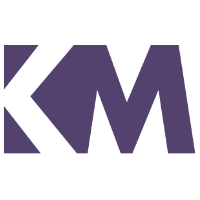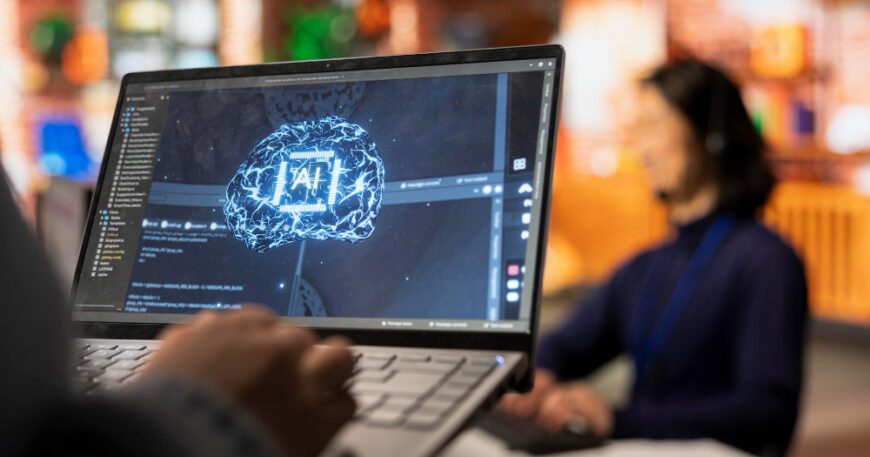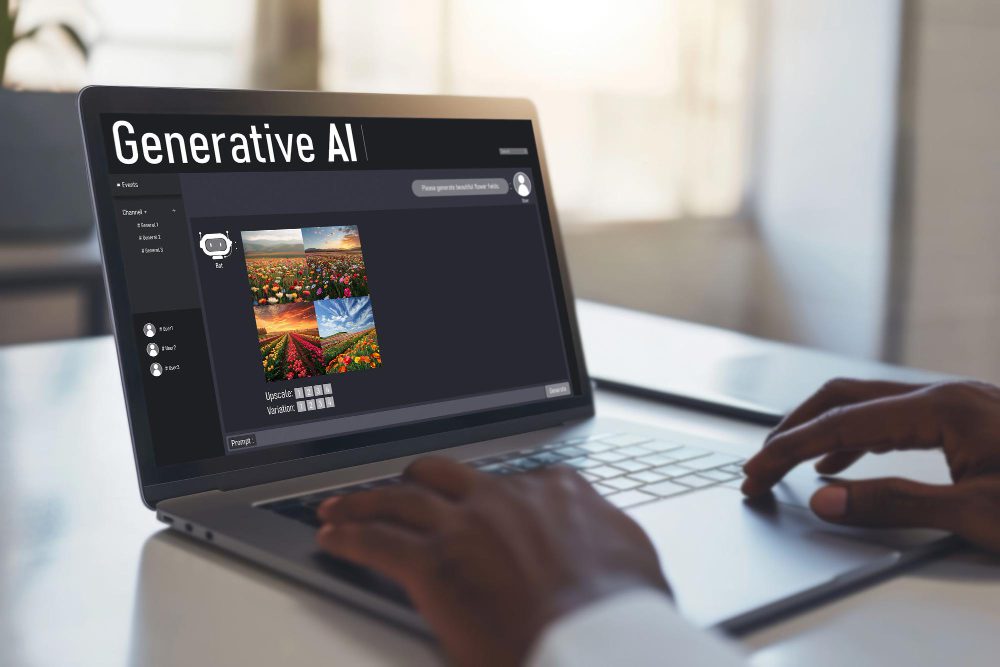AI Content Refresh and Historical Optimization: Breathing New Life into Old SEO Content in Kenya
SEO is not just about publishing fresh content every week. Some of the most powerful growth opportunities for Kenyan businesses are hiding in existing content that has lost its edge over time. Old blogs, service pages, and product descriptions often contain valuable information and backlinks but are buried under competitors’ newer, more optimized pages.
This is where AI-powered content refresh and historical optimization comes in. By combining analytics and prompt engineering, marketers can systematically find underperforming pages, diagnose why they are slipping, and strategically update them to regain traffic and visibility.
In Kenya’s fast-evolving digital landscape, where mobile search, bilingual queries, and AI-powered SERPs are the norm, historical optimization has become a critical SEO strategy. This article breaks down why it matters, how to identify content to refresh, how to use AI for auditing and rewriting, and how to localize refreshed pages for Kenyan audiences.
1. Why Historical Optimization Matters
Search behavior and algorithms change continuously. What ranked well in 2021 may no longer be relevant in 2025. Search trends shift, new competitors emerge, and language usage evolves.
- A blog titled “Top Safari Packages in Kenya 2021” might still attract backlinks from travel blogs, but its title looks outdated. It does not include current keyword trends like luxury or family-friendly safaris, and its pricing information is stale.
- An eCommerce product page written in 2020 may have outdated structured data, missing mobile optimizations, or poor internal linking.
- A fintech company might have a high-ranking blog from 2019 on best savings apps that now lacks mentions of newer fintech players, causing it to lose SERP relevance.
These pages already have authority, but their relevance has decayed. Historical optimization is about restoring that relevance without reinventing the wheel.
For Kenyan businesses, where SEO budgets are often tight and content production cycles can be slow, updating existing assets is more cost-effective and faster than producing entirely new content.
2. The Role of AI in Content Refresh
Before AI tools became mainstream, refreshing old content was a manual, time-consuming process. Marketers would read every post, identify outdated references, rewrite sections, and manually compare with competitor pages. AI has changed that workflow dramatically. Tools like ChatGPT, Gemini, Claude, and SEO plugins can analyze old pages in seconds, identify weak spots, and generate structured improvement suggestions.
a. Diagnosis
AI can scan a piece of content and surface issues like:
- Outdated statistics or dates
- Missing schema or structured data
- Weak intros and CTAs
- Keyword cannibalization
- Gaps compared to current top-ranking competitors
b. Execution
Once gaps are identified, AI can:
- Rewrite meta titles and descriptions with updated language
- Expand thin sections with new Kenyan examples or data
- Generate FAQ schema to improve visibility in AI-driven search results
- Translate or localize sections for bilingual search queries
- Suggest internal linking opportunities to newer pages
For Kenyan SEO teams managing multiple properties across tourism, fintech, and retail sectors, AI turns historical optimization from an occasional chore into a scalable process.
3. Identifying Content to Refresh
Not every piece of content deserves a refresh. The key is to find high-potential pages — those with authority, backlinks, or historical performance — that are underperforming today.
a. Declining Traffic in Analytics
Use Google Search Console to compare traffic over the last 12 months. Pages with a gradual decline in impressions or clicks are often perfect candidates. For example, if a blog was bringing in 3,000 clicks per month in 2023 but is now at 1,200, investigate.
b. Seasonal or Date-Sensitive Content
Kenyan tourism, events, and retail sectors rely heavily on seasonal trends. A blog like “Best Christmas Getaways in Kenya 2022” can be updated with current accommodation pricing, new destinations, and 2025 in the title.
c. Evergreen Content with Strong Backlinks
Pages with good backlinks are valuable SEO assets. Instead of creating a new article, refreshing these pages helps you retain link equity while improving relevance.
d. Old Product or Service Pages
For eCommerce and B2B businesses, category pages and service landing pages often lag behind. Pricing, shipping details, payment methods such as M-Pesa integrations, and FAQs can go out of date fast.
4. Using AI to Audit Old Content
Auditing is where AI shines. Instead of manually reviewing each page, you can feed AI the URL or content and use structured prompts to generate detailed audits.
a. Prompt Example: Full Content Audit
Act as a senior SEO strategist in Kenya. Analyze the following blog and list all outdated information, weak sections, missing schema, internal linking opportunities, and keyword gaps compared to 2025 search trends. Provide the output in a table with Issue, Recommendation, and Priority columns.b. Language and Tone Check
Many older Kenyan blogs were written in formal, English-only language. Today, conversational tone, bilingual keywords, and mobile-friendly phrasing perform better. AI can rewrite intros and CTAs to sound more natural and localized.
c. Competitor Gap Analysis
Compare our article on “Top Safari Packages in Kenya” with the current top 5 Google results. List subtopics, FAQ sections, and schema types they include that our page is missing, then recommend improvements.5. Nairobi Safari Tours: A Mini Case Study
Nairobi Safari Tours, a mid-sized tour operator, published a blog in 2020 titled “Top Safari Packages in Kenya.” It ranked well for a while, bringing in over 5,000 monthly organic visitors at its peak. By early 2025, traffic had dropped to around 1,400 monthly visits.
Why?
- The title did not mention current trends like luxury or family-friendly safaris.
- Pricing was outdated.
- The FAQ section was minimal and lacked schema.
- The page did not include bilingual phrases like safari za kifahari that many Kenyans now search for.
- No internal links had been added to newer destination pages created after 2020.
The marketing team used AI to audit the page. In under 10 minutes, they received a structured list of improvements: update title and meta to include 2025 and luxury keyword variations; expand sections with updated park fees and travel packages; generate new FAQ schema; add Swahili-English mixed keywords; and link to newly created Family Safaris and Luxury Lodges pages.
After implementing these updates and re-submitting the page in Search Console, traffic increased by 62 percent within three months, surpassing the page’s original peak.
6. Executing the Refresh with AI
Once you have audited your pages, the next step is structured execution. AI can support each stage of the rewrite.
a. Titles and Meta Tags
Rewrite the title and meta description for this blog to make it more relevant in 2025, targeting both English and Swahili queries. Include luxury safari and family keywords where relevant.b. Expanding Thin Sections
Expand the section on Amboseli National Park to include 2025 pricing, new attractions, and practical travel tips for local and international tourists.c. Adding Schema and FAQs
AI can write well-structured FAQs and generate JSON-LD for FAQPage, Product, or HowTo schema. This improves visibility in AI-powered search results and voice search.
d. Internal Linking
Suggest relevant internal links to newer pages within the site that align with this article’s topic. Prioritize high-traffic landing pages.e. Localization Layer
Older pages were often written for desktop, English-first audiences. AI can help rewrite sections for mobile and bilingual users, adding Swahili-English phrases naturally into headings, titles, and paragraphs.
7. Using Analytics and AI Together
AI works best when combined with real data. Use your analytics tools to prioritize and measure impact.
- Search Console: Identify declining queries and pages.
- GA4: Look at engagement metrics to find pages with high bounce rates that might benefit from refreshed CTAs and intros.
- Rank tracking tools: Monitor improvements after refresh to see which sections drive performance.
8. Industry Facts
- More than 60 percent of top-performing pages on Kenyan websites are over 12 months old, but continue to rank after periodic updates.
- Pages that undergo structured content refreshes see traffic lifts between 20 and 45 percent within 90 days.
- Adding bilingual keywords to titles improves mobile CTR in Kenya by an average of 18 percent.
- FAQ schema on old posts increases their likelihood of appearing in AI answers by 35 percent.
- Internal linking to new pages boosts overall crawl frequency and page authority distribution.
- Seasonal updates, for example tourism offers, have some of the fastest ranking rebounds.
- Refreshing titles and headers alone can increase CTR by 10 to 15 percent without rewriting the entire article.
- Historical optimization costs roughly 40 to 60 percent less than creating new content of similar length.
9. Common Mistakes to Avoid
- Updating headlines but leaving outdated schema or broken links.
- Replacing localized language with generic AI phrasing.
- Ignoring Swahili or bilingual search queries.
- Refreshing too aggressively and removing sections with strong backlinks.
- Failing to track performance post-refresh.
10. Conclusion
AI-powered content refresh and historical optimization is a smart, cost-effective SEO strategy for Kenyan businesses in 2025. By using AI to audit, rewrite, localize, and internally link older content, you can unlock significant organic growth without starting from scratch.
As search behavior in Kenya becomes more bilingual and multimodal, historical optimization ensures your legacy content stays relevant and competitive.
To get expert support in auditing and refreshing your content library for Kenyan audiences, visit Kwetu Marketing Agency’s SEO services.
Useful Reads:
SEO in the Age of AI: Is It Science, Art, or Both?
AI has blurred the line between technical SEO and creative marketing. This article shows why data precision and storytelling together shape the future of searchThe Future of SEO in 2025 – How AI is Reshaping Search Rankings
Search engines reward trustworthy brands. Learn how to boost your credibility and authority in a world where AI favors reliable sources.









 Stay ahead in the digital world! Don’t just read—put the insights from The KWETU Blog into action today and watch your brand grow.
Stay ahead in the digital world! Don’t just read—put the insights from The KWETU Blog into action today and watch your brand grow. 
